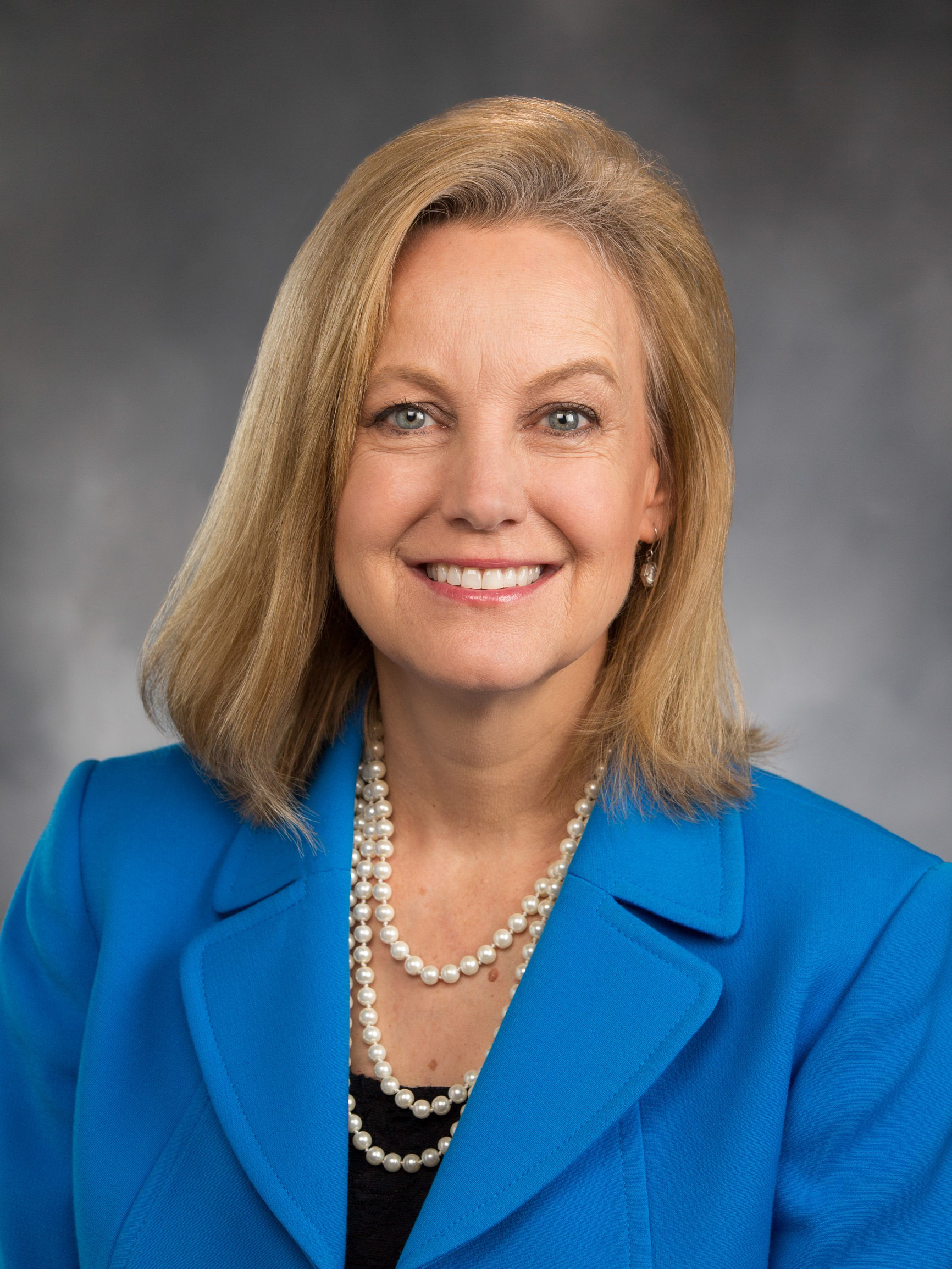
Rep. Mary Dye, R-9
Much of today’s world runs at the speed of light. Essential services, such as our 911 emergency system, banking, and transferring prescriptions from the doctor’s office to the pharmacy, require high-speed broadband internet connections. Yet today, 200,000 Washingtonians lack access to the fiber optic lines that allow communities to participate in the global economy and maintain community services.
According to the Federal Communications Commission (FCC), 39 percent of Americans living in rural areas lack broadband access, compared to the 4 percent living in urban areas.
New York Governor Andrew Cuomo got it right when he stated in a speech to announce a plan to give upstate New York universal service: “Access to broadband is as vital a resource as running water and electricity … and is absolutely critical to the future of our economy, education and safety.”
The picture is grim for many of the small farming towns of southeastern Washington, where cell phone service is spotty, and internet is only available through the over-capacity and tediously slow satellite services. Surveys to evaluate the need show that 61 percent of Asotin County residents lack access to broadband internet. In Whitman County, where Pullman has universal access to the fiber optic lines, 88 percent of rural residents have no access, and none of Garfield County residents can access the fiber running through their main street, fiber built to serve lucrative markets in larger cities.
Building fiber-optic infrastructure is expensive. The federal government has invested over $180 million to build a backbone, middle mile network that circles Washington state. Libraries, schools and hospitals benefit from this connection in most rural communities, but many county courthouses, city halls and Main Streets remain left behind. Policymakers continue the debate on how to close the digital divide.
New York leads the nation in their bold initiative to give all New Yorkers access to 100mbps speeds on fiber optic cables to their homes by December 2018. By the end of this year, they will be 98 percent complete. The state has invested a staggering $500 million to accomplish this task, by partnering with private telecommunication companies who have invested additional matching dollars to reach remote residents throughout the state.
Washington state recognized the need to invest in fiber and passed laws 17 years ago that allowed the public ports to construct fiber infrastructure. In a plan I proposed this year, we would use this unique local enterprise government to form partnerships with private telecommunications companies to build the last mile network to residents in areas without access.
Ironically, the plan mirrored the successful model used in New York. To make a viable business case, both plans recognize the need to form aggregated markets. New York created “census blocks”, ours through port districts. New York financed their plan using the bank settlements from 9/11 to offer a grants program that partnered with private and federal money in a reverse auction scheme. Public-private partnerships allowed private dollars to stretch further, reaching remote customers. Our plan uses the ability of ports to generate revenue from operations, issue bonds, and qualify for federal open access broadband grants.
Ports have been constructing fiber networks since the law passed in 2000. However, ambiguity in the language created a question as to whether ports could contract with a single private company to lease and operate the network infrastructure. The change in the language clarifies the existing authority of ports to construct fiber infrastructure and enter into a contract with a single telecommunications provider.
By creating these lease agreements, ports could recoup the investment over a number of years and continue to build fiber to homes in areas not yet served by the private companies. Because the initial cost to construct could potentially exceed the anticipated revenues of serving so few customers, partnering with ports and aggregating those remote markets creates a viable financial incentive for telecoms to serve customers in rural areas.
The proposed change to the law was small. In negotiations, the powerful telecommunications lobby forced us to concede some important provisions of the proposal. We would have liked to have kept language specifying the ability of forming inter-local agreements, so ports and the land-grant university could work together to create Connected Campus, forming a network of very high-speed hubs in 55 locations throughout the state. We also hoped to keep language that would allow ports to access federal broadband programs now under-utilized.
We kept the language clarifying the port’s ability to enter into an exclusive contract, an idea that gives the telecommunications industry access to markets currently unaffordable and not profitable to build alone. Without that clarification, we would have the ambiguous language of the existing statute and the risk and lack of certainty would result in the status quo: no high-speed internet access for 200,000 people in our state, the home of Microsoft and Amazon. New York had access to unexpected financial resources. We must use our own unique resources available through ports, so Washington state can deploy a robust effort to reach communities left behind. The proposed legislation is one approach to assist in reaching this humanitarian goal.
I continue to lead the effort to push this legislation through the legislative process, and bring this essential service to the underserved and rural areas of our state.
For more information on Rep. Mary Dye, R-Pomeroy, please visit her website at www.RepresentativeMaryDye.com.
